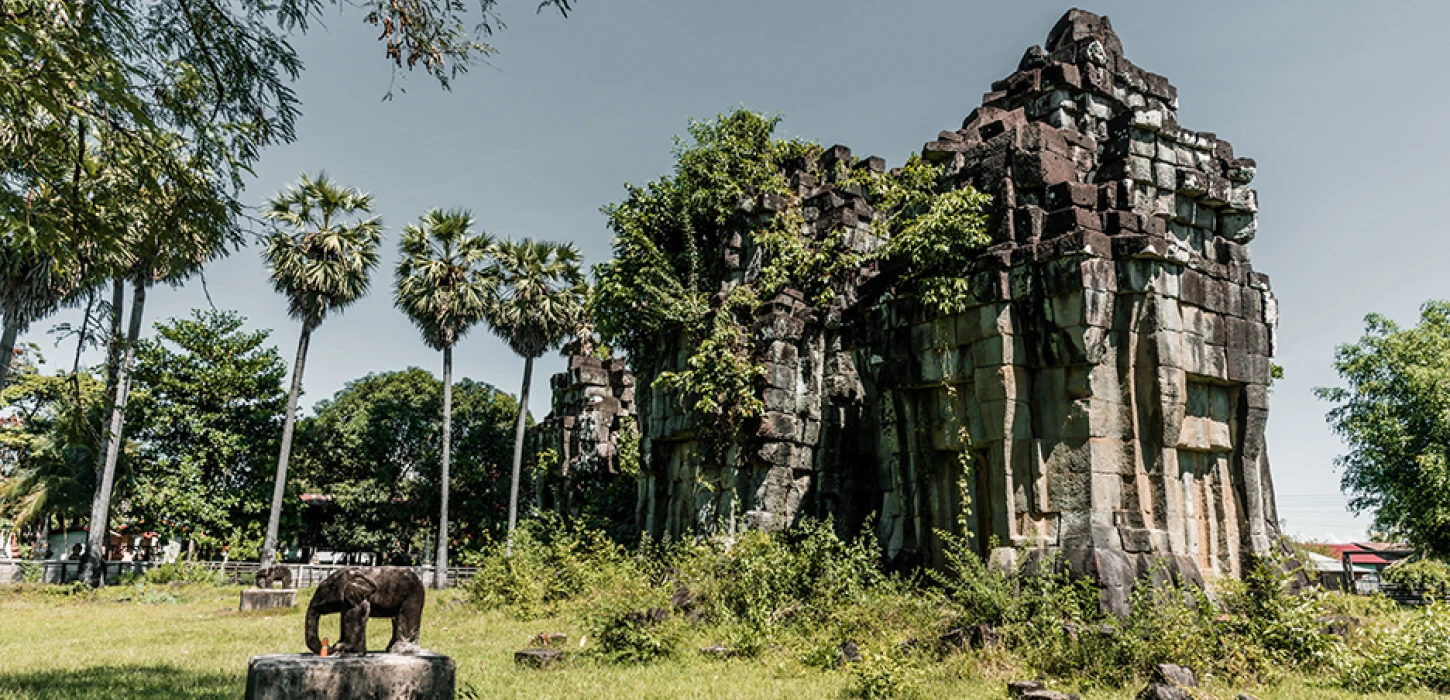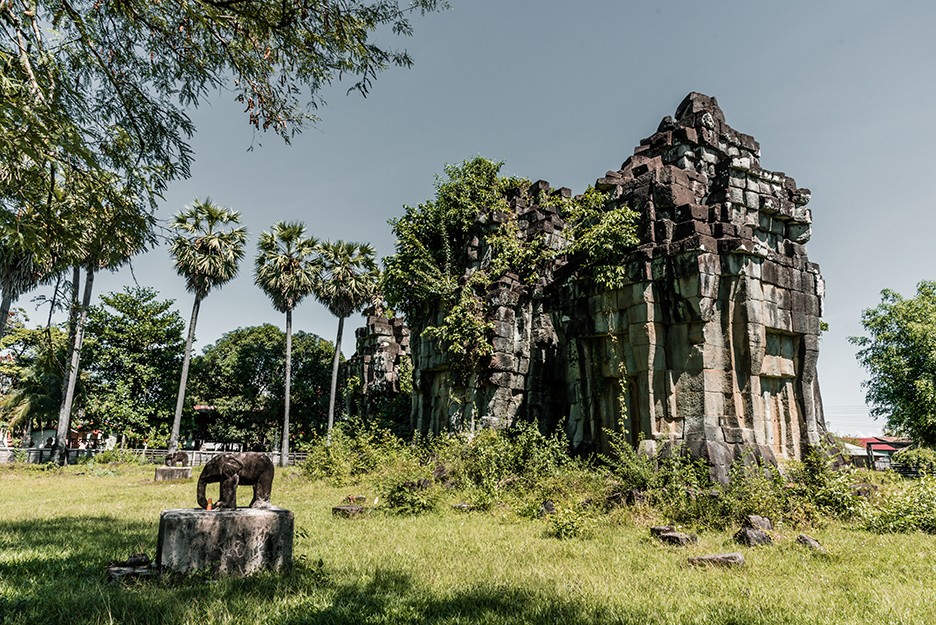
During its peak nearly 1000 years ago, the ancient Khmer empire ruled over a large part of Southeast Asia. After this empire collapsed, new centers of power emerged on top of former Khmer lands and structures, enveloping these into new kingdoms, religions, and purposes.
Many of the remaining Khmer structures in Laos have not received much repair or restoration, so accessing them may be difficult, but well worth the effort to stand in structures from another era.
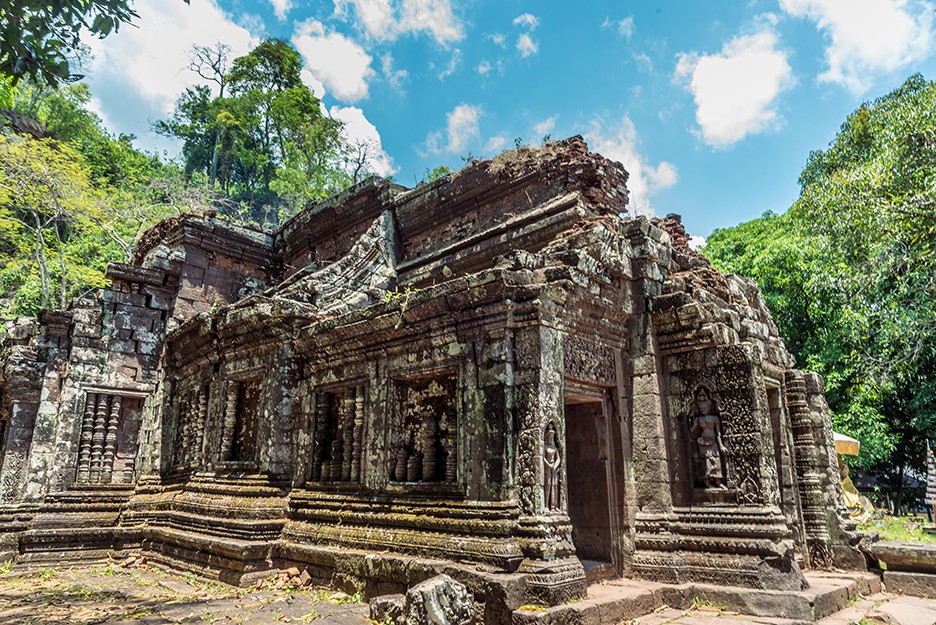
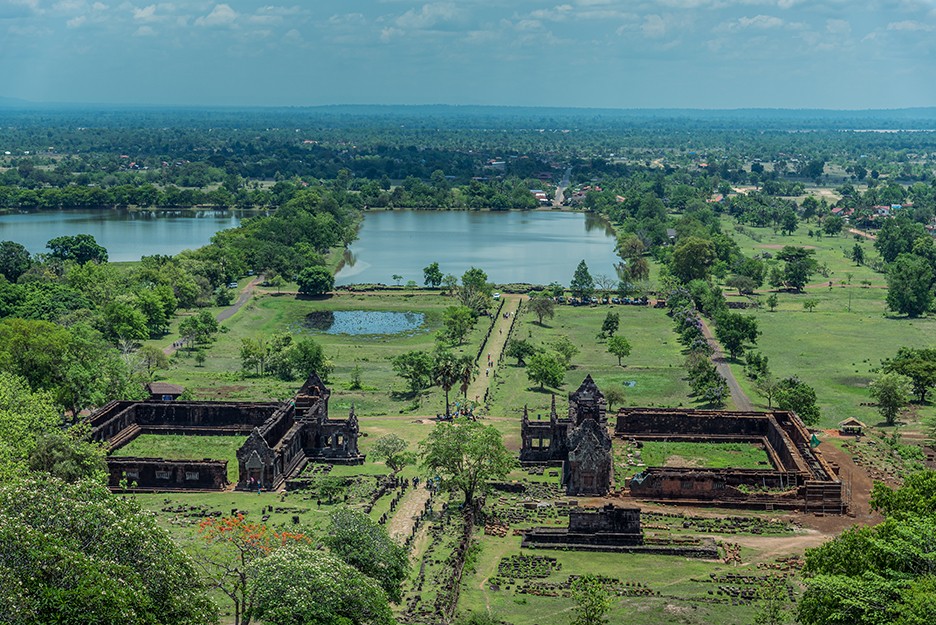
Wat Phou
CHAMPASAK Province
Wat Phou, Laos’ second UNESCO World Heritage Site, sits in the shadow of a holy mountain shaped like a linga, symbolizing the Hindu god Shiva. Dating from between the 11th and 13th centuries, it has been worshipped by Hindu, Buddhist, and animist pilgrims for centuries. It only came to western attention in the 1860s when Frenchmen exploring the Mekong discovered its beauty. It must have been hugely exciting to come across such jungle-choked artistry in the wilds of Southeast Asia. Because of terracing and layout, and jungle trees, grass, and flowers, modern-day pilgrims don’t get to glimpse the entire site at once. Each step is unwrapped, so to speak, as visitors climb higher towards the main sanctuary.

Wat Tomo
CHAMPASAK Province
Located across the Mekong from Champasak, Wat Tomo represents Wat Phou’s feminine counterpart. Located in a forested area, this temple is a bit smaller and less-restored. Visitors here are often the only people at the site, giving it a real feel of
adventure. There are some nice carvings on doorways and windows remaining for excellent photo opportunities.
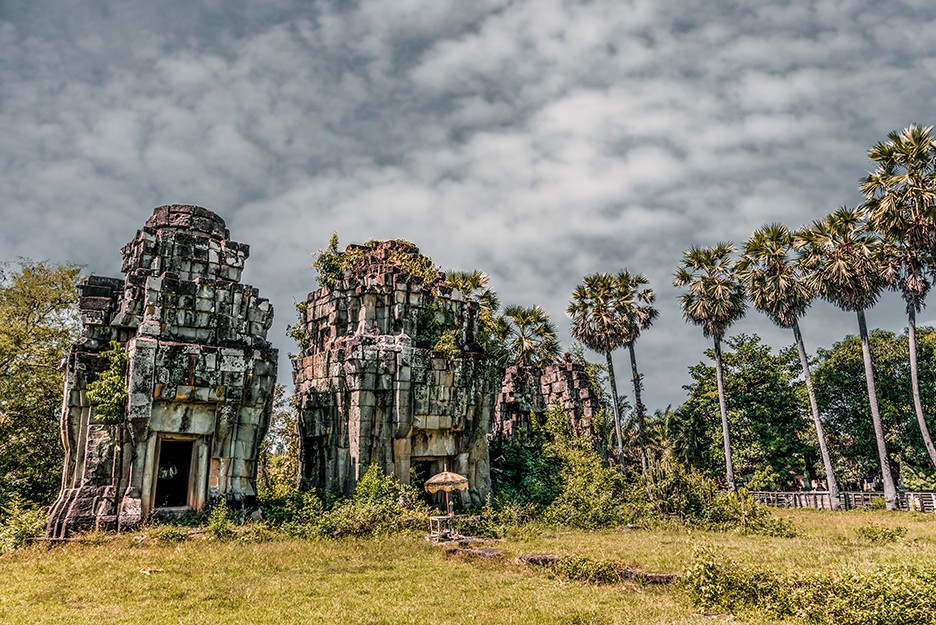
That Sam Pang
Champasak Province
Another stop along the ancient road to Angkor, this site is unusual as it is composed of three stupas in quite good condition. A pang (prang in Khmer) is a type of stone stupa seen in most ancient Khmer architecture. There are still some stone sculptures and inscriptions remaining for intrepid visitors visiting in four-wheel-drive vehicles since road access is rather rough.
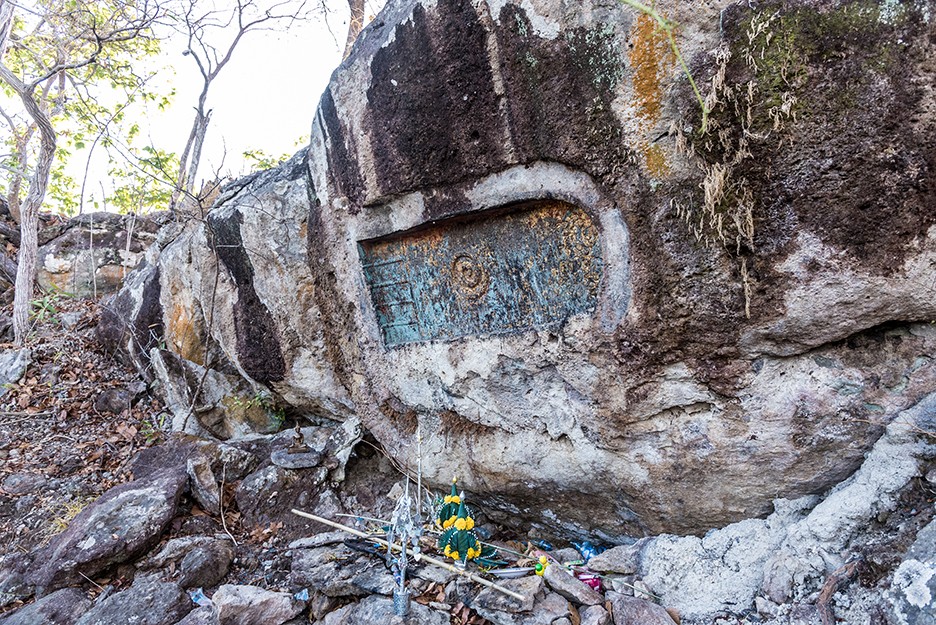
Phou Asa
Champasak Province
While not exactly a Khmer structure, the floorplan was likely of Indian inspiration. Dating from the 19th century, many legends exist as to who built the 108 columns of flat stones. Was it a palace or fortress for some local chieftain? Or was it a hiding place for some great treasure? Take a look and devise your own theory.

Hong Nang Sida
CHAMPASAK Province
Only about a half-hour walk south of Wat Phou along what was the royal road connecting this area to Angkor, the small Palace of Nang Sida sits. It is still being studied and its artifacts are being preserved and restored. The structure is named for Nang Sida, a heroine of the Ramayana epic.
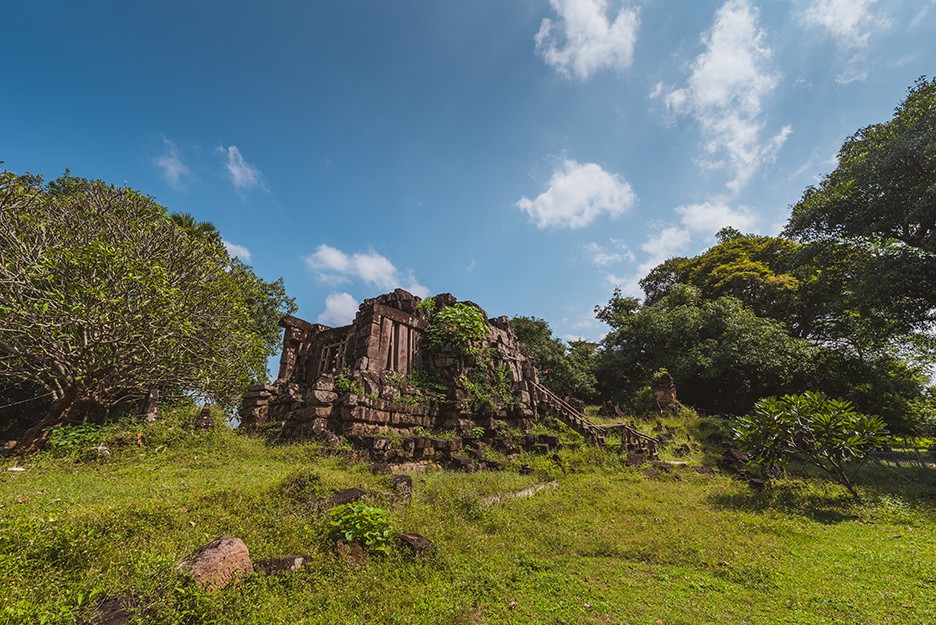
Heuan Hin
Savannakhet Province
Called the “Stone House” in Lao, it was actually built as a resting place by Jayavarman VII, around 1000 years ago when he built Angkor Thom in Cambodia. Unfortunately, what carved lintels and other decorations the Khmers created have mostly been lost to vandals, colonialists, and time. This site is situated about 40 kilometers from Savannakhet.
Text BY Jason Rolan
PHOTOGRAPHS BY Phonesavanh Chanthavong

